Tournai stadiums
Brief history of the stadiums and football clubs that existed in the city of Tournai.
For once, these are not prestigious clubs, but rather two friendly clubs which ended up disappearing, with their respective stadiums.

Royale Union Sportive Tournaisienne
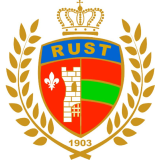 Honor to the dean of Tournai clubs, we will start with Union.
Honor to the dean of Tournai clubs, we will start with Union.
Founded in 1903 and later given the registration number 26, the red and green club played from the start on a field
called “Plaine des Hôpitaux”. This name is ultimately logical given the proximity of the city's civil and military hospitals.
When the stadium began to be developed in the 1920's, it took the name Stade Gaston Horlait, named in honor of the club's
president and, later, resistance fighter during the Second World War. He died in 1948. Much later, the enclosure would be renamed
again as Stade Magdeleine Lefebvre, named after the club's godmother and secretary of the city's fire brigade. It is also
very rare for a football stadium to be named in honor of a woman.
Able to accommodate 10,000 spectators, Union stadium has the advantage of being located very close to the city center. But it
also has the disadvantage of being located next to the hospital. When all the city's hospitals decided to merge, this site was
chosen, and inevitably, the already existing hospital had to be greatly expanded. This will be to the detriment of Union's home.
The stadium is made up of several stands : the main stand (and the only one offering seats), three covered standing stands (two on either side of the main stand and another on the other side of the field) and finally the open-air terrasses behind one of the goals, the other side having no stands.
As for the club itself, Union didn't arrive in the Division 1 until 1951 and remained there... for only one season. Sportingly,
this is Union's only significant feat of arms but during this season, the Stade Gaston Horlait is often full with 10,000
spectators present.
The rest of the time, number 26 will move between Division 3 and Promotion, with a few internships in Division 2 or Provincial.
During its 99 years of presence as such, Union will be present in the national series for 90 seasons.
Of course, with this fairly modest sporting level, the small stadium will be largely sufficient and will never be modernized or
enlarged. The only improvement will be the installation of artificial lighting.
At the end of its existence, however, the stadium was sad to see. Property of the city of Tournai, it hasn't invested a lot to
ensure minimum maintenance.
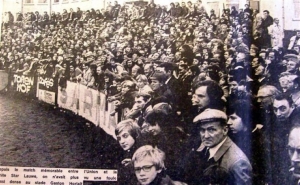
Royal Racing Club Tournai
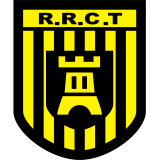 Founded in 1908 and having the registration number 36, Racing has certainly spent less time in the national series (73 seasons
all the same), will also have known the D1 for only one season (in 1958) but will be able to boast of having achieved the feat of
having won the Belgian Cup while the yellow and black club was playing in Division 2. The final played against the
Royal Club Sportif Verviers (future Champion of D2 that season) and in front of only 11,000 spectators lost in
the immense Heysel Stadium will somewhat displease
the “big” clubs who shunned the Belgian Cup the following season. It was not until the creation by UEFA in 1961 of the
European Cup Winners' Cup that the Belgian Cup finally took off and was contested every year.
Founded in 1908 and having the registration number 36, Racing has certainly spent less time in the national series (73 seasons
all the same), will also have known the D1 for only one season (in 1958) but will be able to boast of having achieved the feat of
having won the Belgian Cup while the yellow and black club was playing in Division 2. The final played against the
Royal Club Sportif Verviers (future Champion of D2 that season) and in front of only 11,000 spectators lost in
the immense Heysel Stadium will somewhat displease
the “big” clubs who shunned the Belgian Cup the following season. It was not until the creation by UEFA in 1961 of the
European Cup Winners' Cup that the Belgian Cup finally took off and was contested every year.
As for Racing, it will remain the only winner from the Province of Hainaut of a national trophy until 2003 with the victory
of AA La Louvière (against Sint-Truiden VV). Likewise, it will remain the only D2 club to have won the Belgian Cup, until 2019,
with the victory of KV Mechelen (against AA Gent).
From time to time, David managed to beat Goliath.
About field side, Racing moved several times before settling in its favorite stadium.
Although founded in 1908, Racing waited until 1911 before playing its first official matches. Until 1923, the club played on
various grounds: at the Chaussée de Douai between 1908 and 1911, at the Rue de la Culture between 1911 and 1919 and at the
Prior Stadium on the Rue des Sorbiers between 1919 and 1923. In 1923, the club acquired land located at Drève de Maire and
will build its final stadium there.
The club is therefore building a 10,000-seat stadium there consisting of a main sitting stand along the Drève de Maire and
including the changing rooms, a clubhouse and offices, a large covered standing stand on the other side of the field, and
terrasses behind the goals and on the sides of the main stand. As with the Stade Gaston Horlait, the only real modernization
will consist of the installation of eight lighting pylons.
Although quite small, the stadium is pleasant. Unfortunately, with the necessary maintenance lacking, the stadium will have
a sad face at the end of its existence.
A small building and part of the surrounding wall survived until 2008. Nowadays, the only remnant of the stadium is a beautiful fence post.
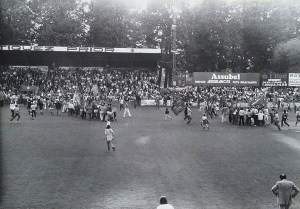
Local rivalry, then merger
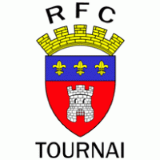 As is often the case, when there are two football clubs in the same city, they have very different political origins. Thus,
Union was the club of the liberal and anticlerical bourgeoisie, while at Racing, the supporters and leaders came from the
Catholic environment.
As is often the case, when there are two football clubs in the same city, they have very different political origins. Thus,
Union was the club of the liberal and anticlerical bourgeoisie, while at Racing, the supporters and leaders came from the
Catholic environment.
Throughout the existence of these two clubs, we were either unionists or racing players and there was no question of going
over to the enemy. Any idea of a merger between the two clubs was of course heresy.
The derbies had become the highlight of Tournai football and it was not uncommon for both stadiums to be crowded during these
special matches. Before these matches, supporters went to the hereditary enemy in procession and fanfare. Although the rivalry
was great, it was more folklore than an ideological war, but the passion was very real.
As time passed, however, the two clubs began to realize that the only way to bring Tournai football back on the path to success
was perhaps through this long-hated merger.
The finances of the two clubs became more and more difficult to manage, the public shunned the stadium stands (except for derbies),
the stadiums became more than dilapidated and the two clubs no longer managed to progress higher than Division 3. In short,
few prospects for the future.
Led by the City of Tournai, several meetings were organized between the two enemies and a merger was finally ratified on July 1, 2002.
The new club will keep the number 26 of the Union (the number 36 of Racing being deleted), the colors will be the red of the Union
and the yellow of Racing and a new stadium will be built by the City for this new entity. While waiting for this new stadium to be
ready, the now Royal Football Club Tournai will continue to play at the Stade Magdeleine Lefebvre, the Drève de Maire being completely abandoned.
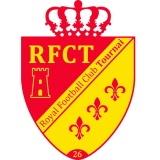 Sportingly, success will not be there.
Sportingly, success will not be there.
Two years after the merger, the coalized club fell back into Promotion. Fortunately, it only remained there for one season
and finally managed to return to Division 2 in 2007. Alas, the adventure in the antechamber of the elite would only last
four seasons (with qualification for the Final Tour right away), and since 2011, the club has navigated between the third
and fifth levels of Belgian football. Suffice to say that the “new” club finds itself in the same situation as the Union
and Racing a few years ago.
If the sporting situation has hardly changed, at the public level, on the other hand, the state of affairs has gotten even worse.
Supporters of both clubs have difficulty identifying with this new artificial club : little sporting success, a new identity
without a past and a poorly thought-out new stadium.
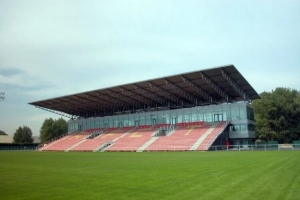
Built in less than a year, the Stade Luc Varenne (named after a famous sports commentator from RTBF and originally from Tournai)
and although perfectly meeting the strictest standards, this new venue is located far from the city center, unlike the two
old stadiums. In fact, the city recovered the old Racing training grounds to build the new stadium.
Well served by the motorway and a national road, the site doesn't lack parking spaces, unlike the Union stadium. But this new
site is almost in the open countryside and the very open layout of the stands means that this new stadium is very cold, unlike
the two old stadiums. Few audiences and a stadium open to the four winds cannot produce an atmosphere that would make supporters
want to go to Varenne.
However, the stadium does not lack assets : 7,552 places, a beautiful main stand with 2,752 seats (as well as boxes and
commercially usable spaces), a covered standing stand on the other side of the field and small terrasses behind the goals.
Good infrastructure which will even allow the Stade Luc Varenne to host several matches (including the final) of the
European Under-17 Football Championship in 2007.
But for FC Tournai, attendances remain low, and above all, there is no longer a derby to fuel the passion of the supporters.
Notwithstanding the passage of time, nostalgia is still very much alive in Tournai. As proof, an unofficial match is
organized in 2022 between the veterans of RC and US at the Stade Luc Varenne. Ironically, this meeting sparked more
fervor than FC's championship matches.
Likewise, a “new” Union Sportive, was created in 2016. To do this, the Vaulx club, a village in the entity of Tournai (founded
in 2010 and with the number 9554) moved to Tournai and adopted a new name : Renouveau Union Sportive Tournaisienne.
What future ?
This observation is not only valid for RFC Tournai. The majority of small clubs can no longer afford to dream of D1 as in the past. There are so many financial and material constraints that wanting to move up at all costs often results in the disappearance of a small, overly ambitious club. What was possible in the past is no longer possible today. Unless you are bought by a Gulf emir, but that only lasts for a while and the harder the fall will be !
However, the Stade Luc Varenne can easily be expanded and become a stadium worthy of Division 1. But what can you do there ?
Having a good track record, a good supporter base and a good reputation is no longer enough. You only need to see the
recent examples of Lokeren or Lierse to
understand this, these two well-known clubs having been deregistered. Needless to say, for a club like Tournai, the desire
to move up to D1 would only be a one-way ticket to hell. Small clubs like RFC Tournai must be content to stay at their level
and train good young players. The current system no longer allows a little thumb to dream of being at the top.
Pictures
Stade Gaston Horlait / Magdeleine Lefebvre
The Stade Gaston Horlait a long time ago.
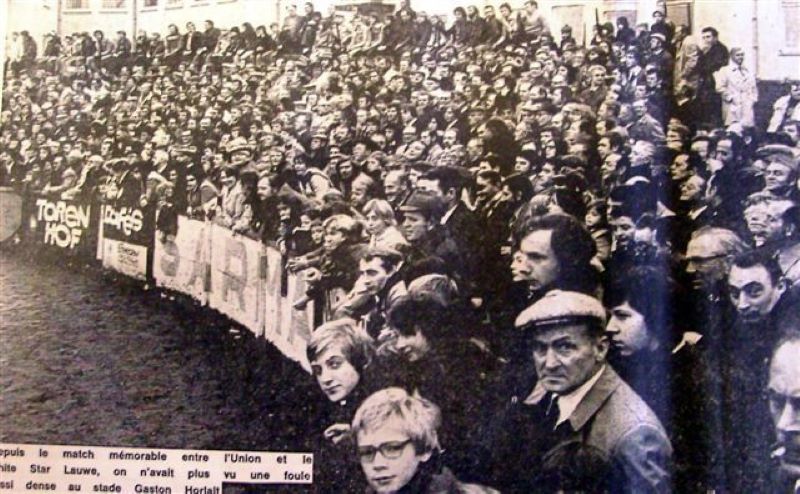
Stade Gaston Horlait / Magdeleine Lefebvre
A sold-out match against White Star Lauwe in 1976.
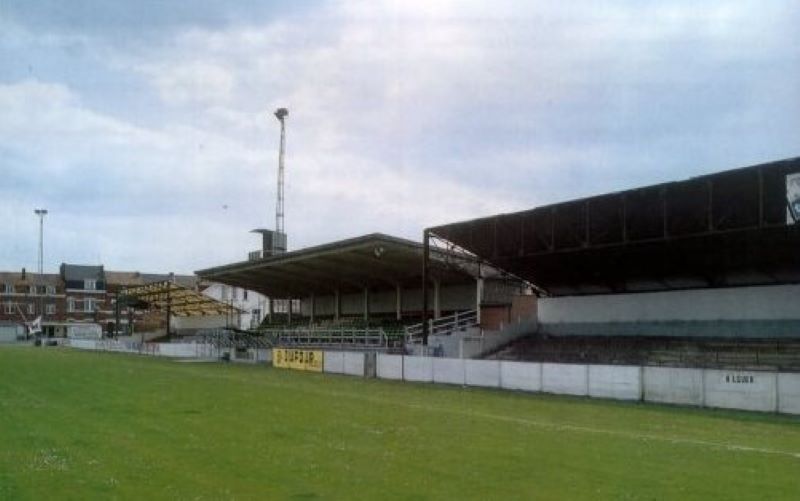
Stade Gaston Horlait / Magdeleine Lefebvre
In the early 2000's, with the main stand in the center and the two standing stands on either side.
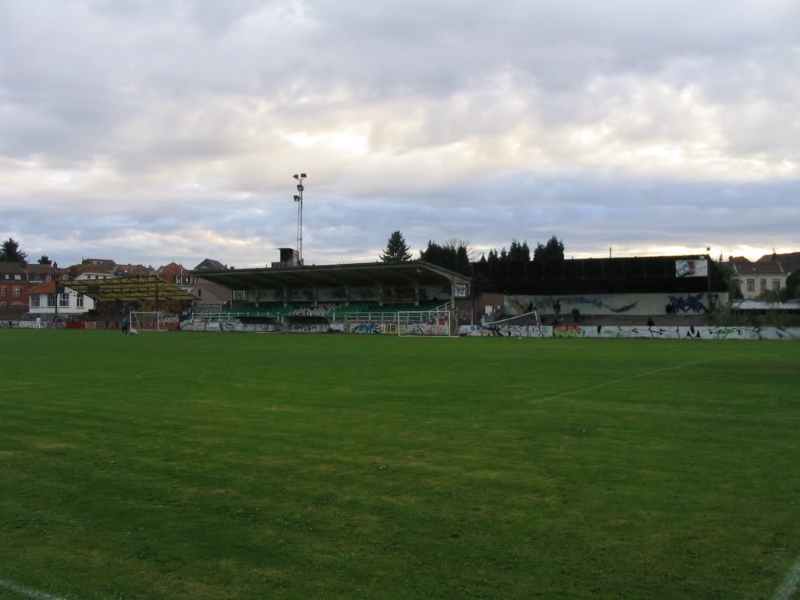
Stade Gaston Horlait / Magdeleine Lefebvre
After the departure of RFC Tournai for the Stade Luc Varenne, the old stadium will be abandoned and handed over to vandals.
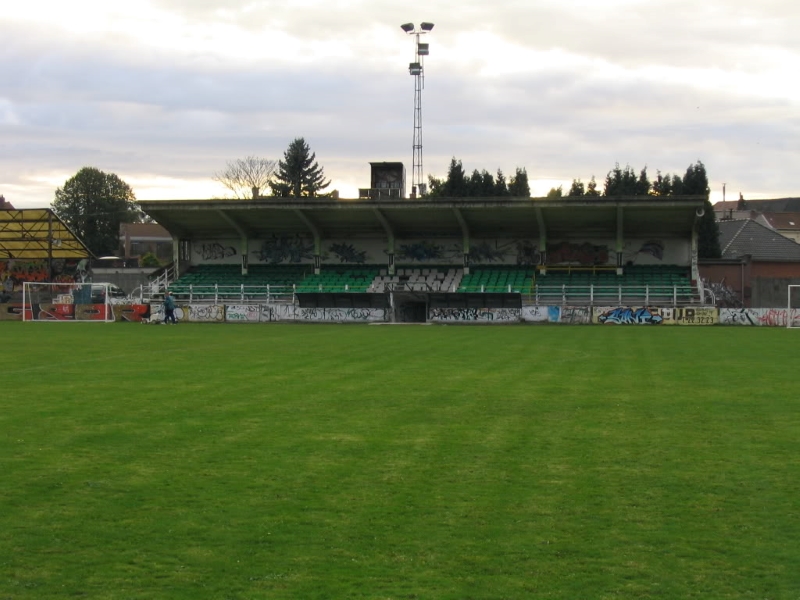
Stade Gaston Horlait / Magdeleine Lefebvre
Gone is the match day atmosphere.
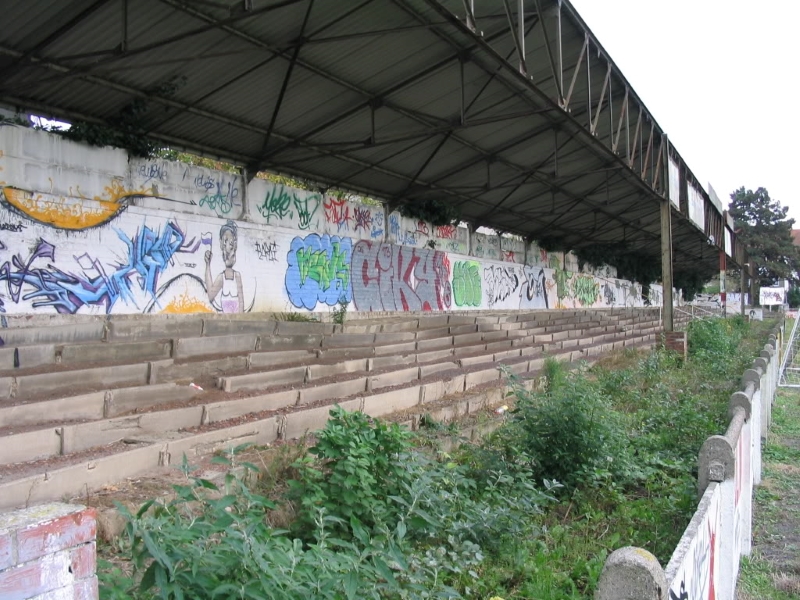
Stade Gaston Horlait / Magdeleine Lefebvre
The large standing stand, in disrepair for ages.
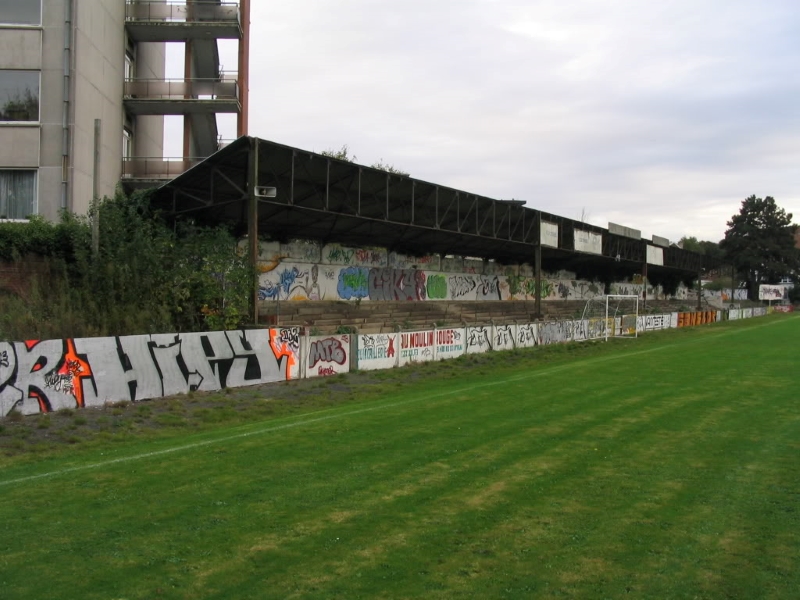
Stade Gaston Horlait / Magdeleine Lefebvre
The site will soon be razed to allow the extension of the hospital visible in the background.
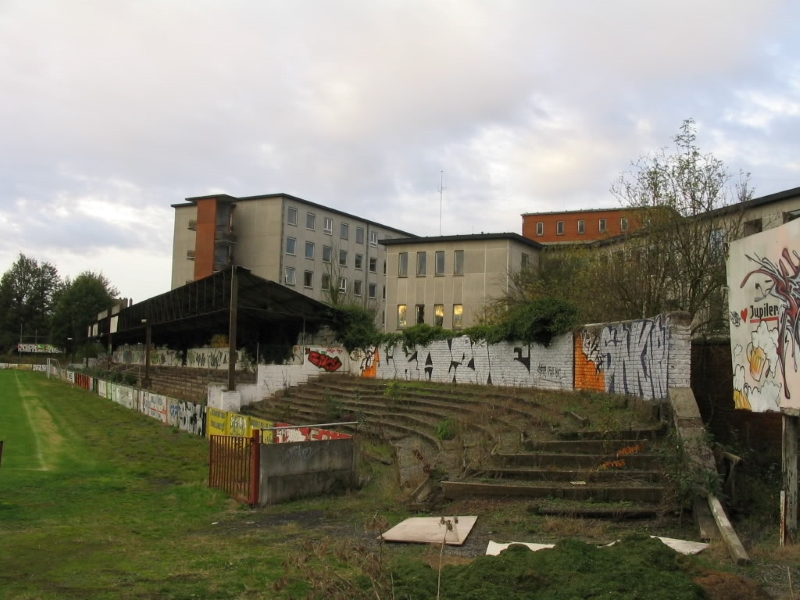
Stade Gaston Horlait / Magdeleine Lefebvre
Sad ending...
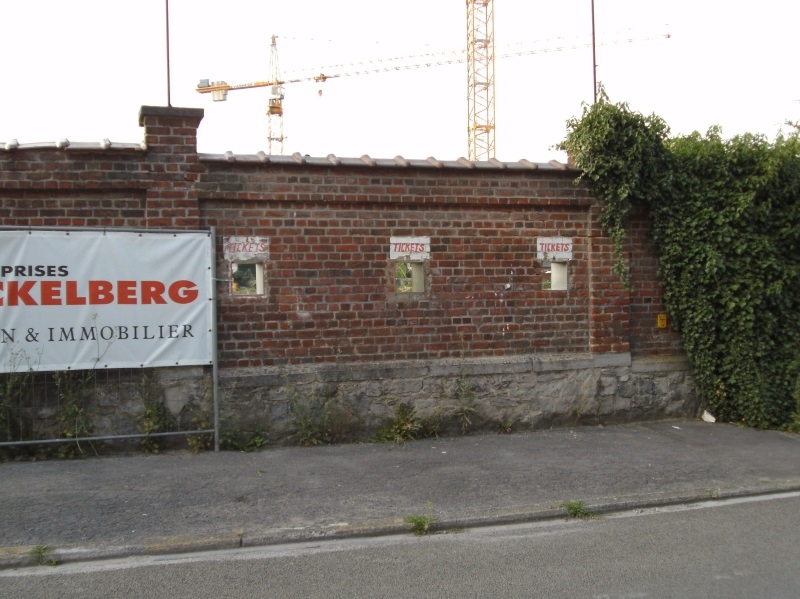
Stade Gaston Horlait / Magdeleine Lefebvre
The surrounding wall stood for a few more years. From now on, nothing remains of the Stade Magdeleine Lefebvre.
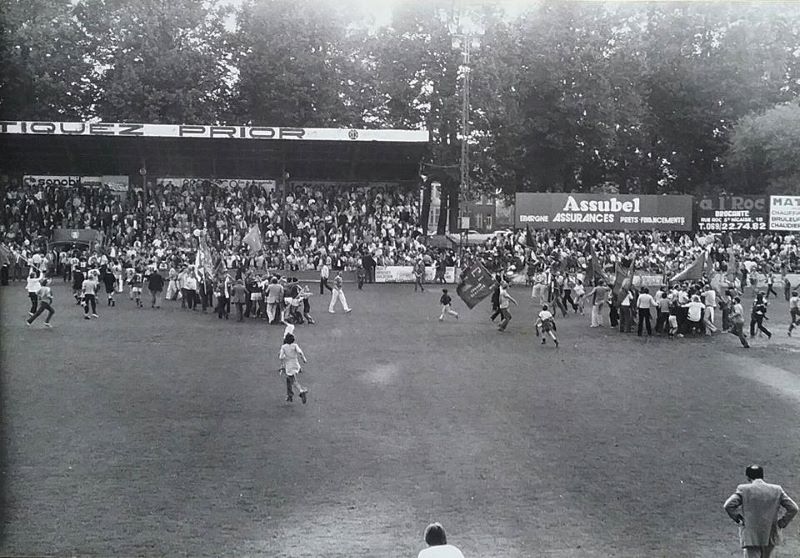
Stade de la Drève de Maire
The Stade de la Drève de Maire, where you can see the main stand after a Racing match.
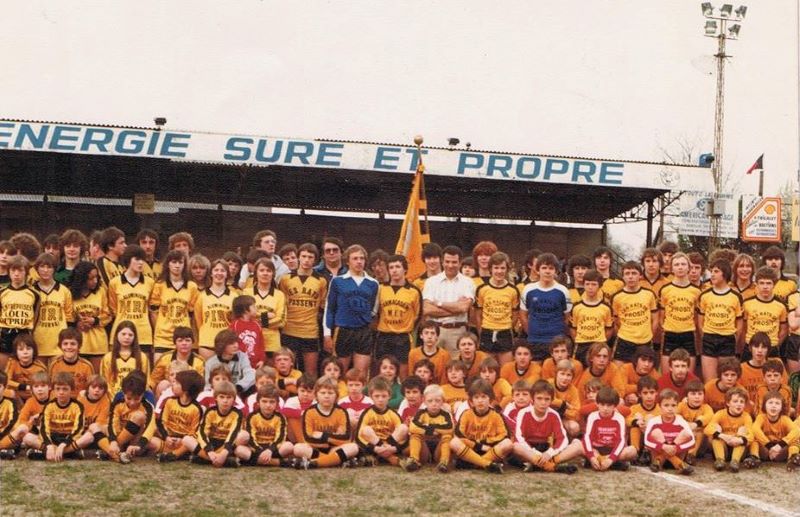
Stade de la Drève de Maire
The grand stand in 1981, with the club's youth teams.
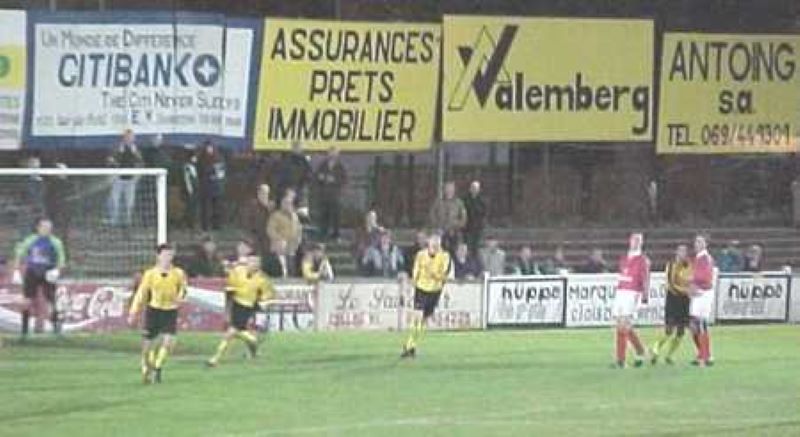
Stade de la Drève de Maire
One of the last matches at La Drève. The stadium is already nothing more than a rickety ruin.
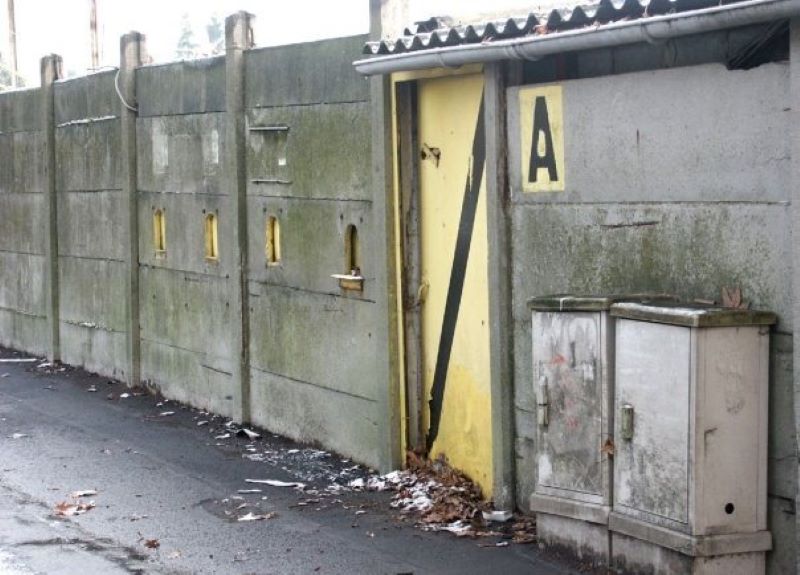
Stade de la Drève de Maire
Permanent abandonment. Well, I can admit, there is a statute of limitations : I tried to sneak to see a match at La Drève
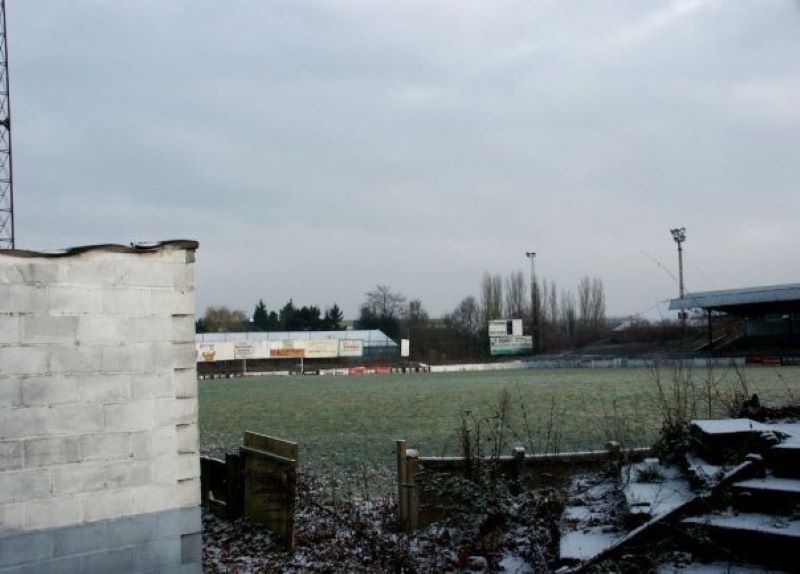
Stade de la Drève de Maire
Shortly before the stadium disappeared. It will be replaced by a fire station, of which it must be remembered, the secretary was the godmother of the enemies of the Union. Irony when you hold us...
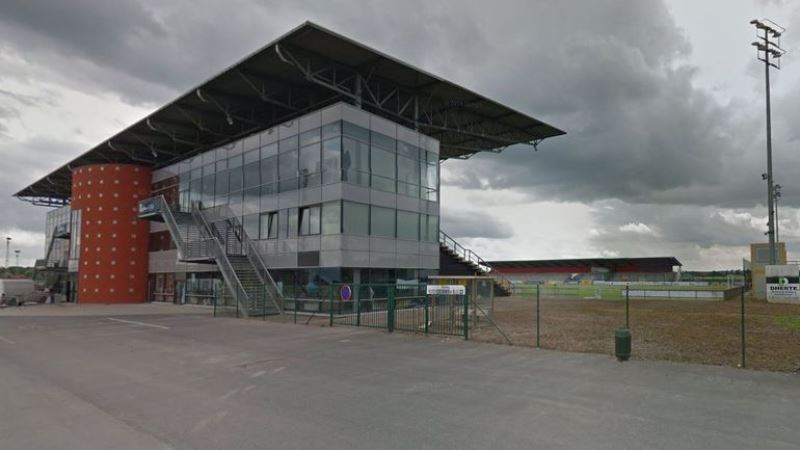
Stade Luc Varenne
The Stade Luc Varenne, inaugurated in 2003. There is a change of style compared to the old stadiums.
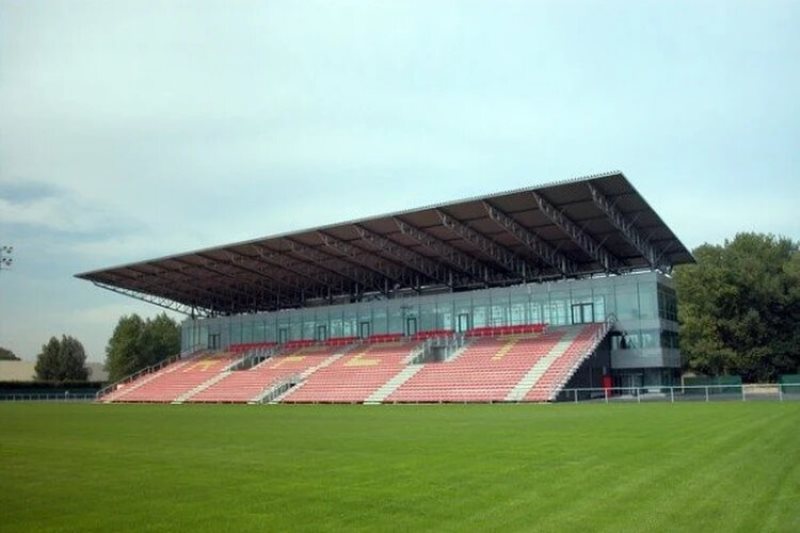
Stade Luc Varenne
The main stand. It seems that we enjoy a breathtaking view of Notre-Dame Cathedral. Essential for a football stadium.
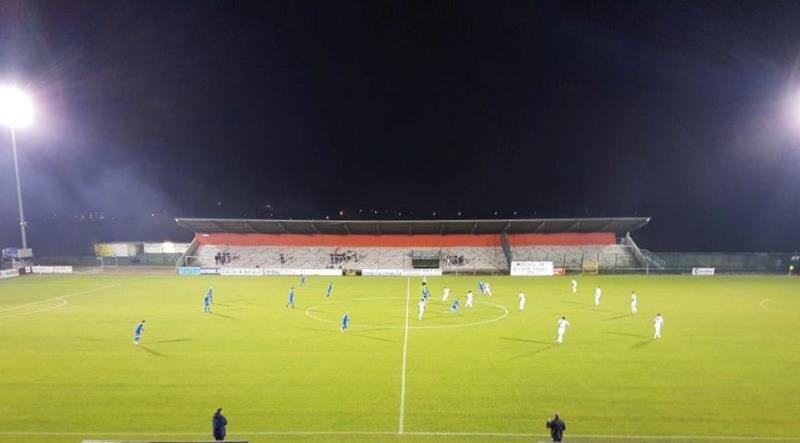
Stade Luc Varenne
The standing stand, shared between locals and visitors.
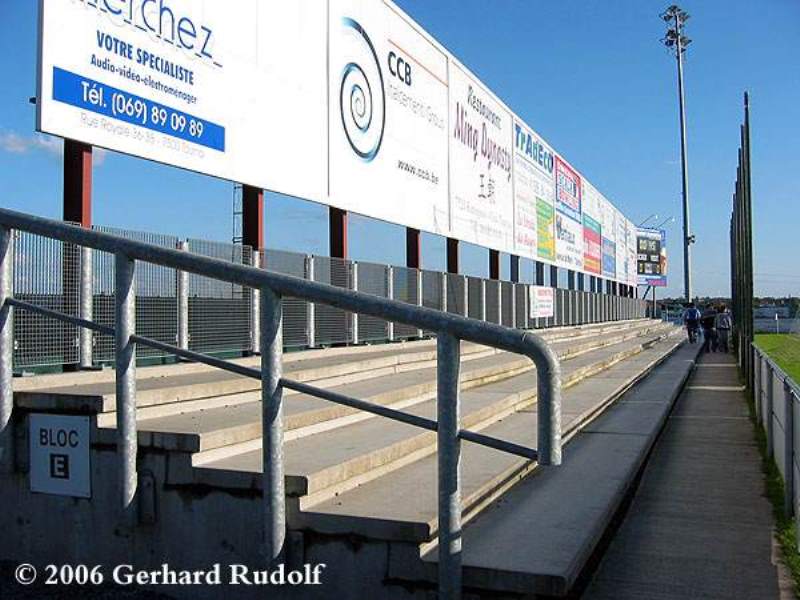
Stade Luc Varenne
The terrasses behind the goals.
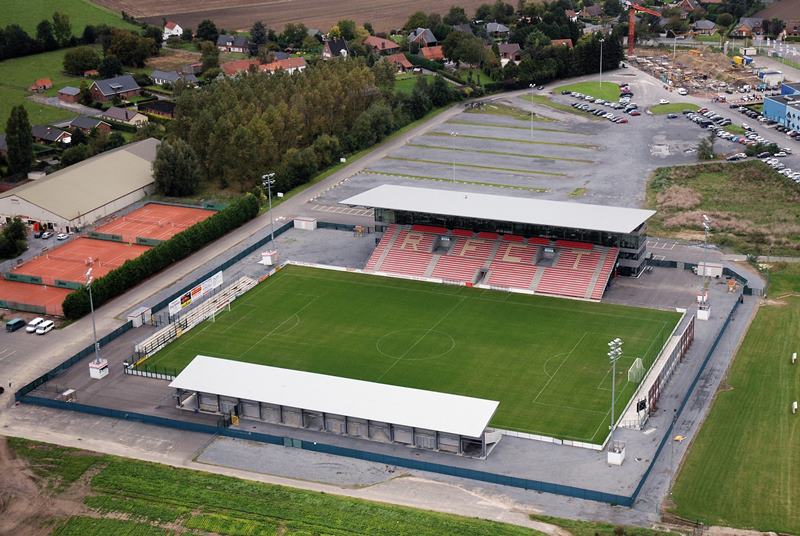
Stade Luc Varenne
An enlargement can be easily carried out but there is little chance that this will ever be justifiable...
Note
-
This article comes from my old site www.foothisto.be but was never published.
It has been somewhat modified and updated recently (April 2024).
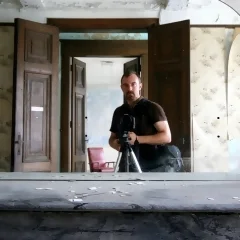
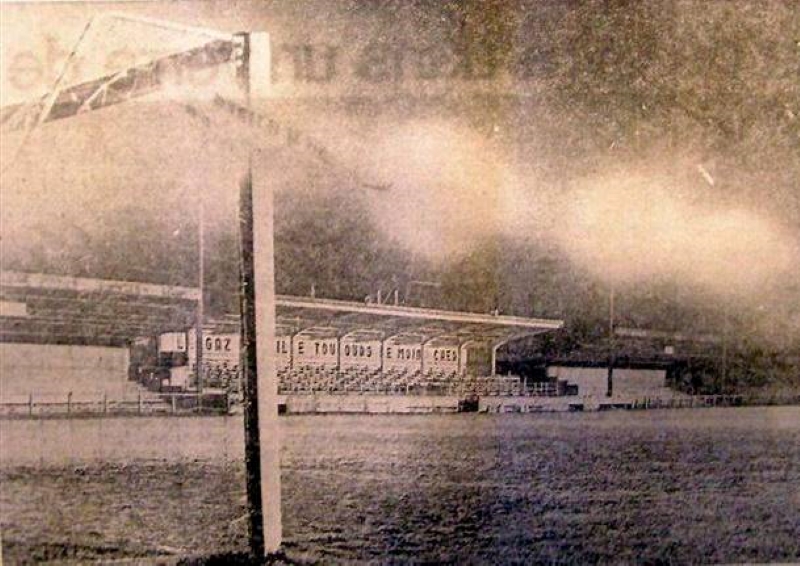
Soyez le premier & devenez quelqu’un de bien • Be the first & become a good person